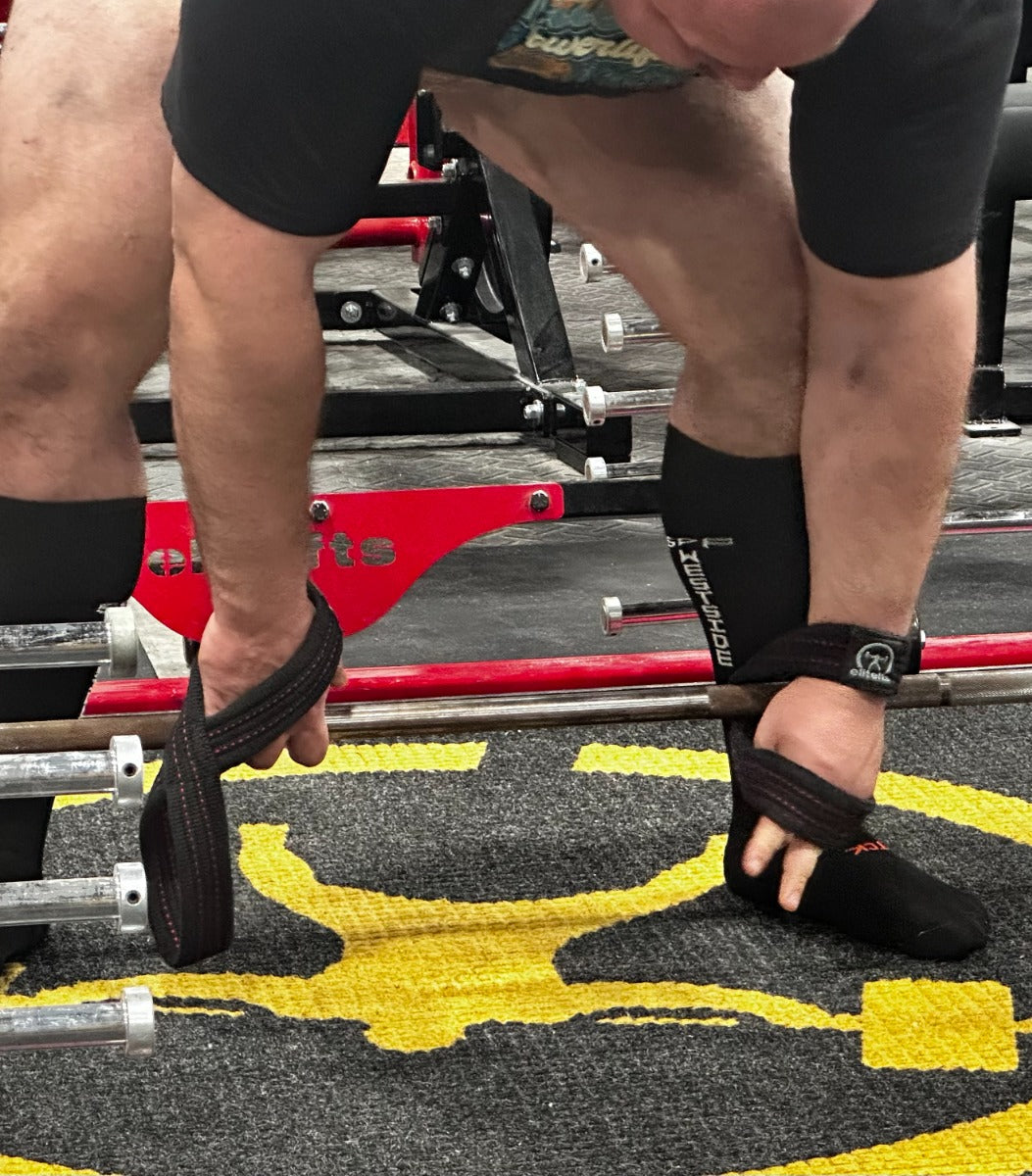I still remember the moment I got my first weight set. It was after I’d already started training for wrestling, and let’s be honest — I wasn’t exactly a natural. We had a universal weight set in the locker room, and the coach laid out the prescription: three sets of ten on each exercise. When you hit all the reps, you increase the weight. That was nothing fancy, no secret sauce — just straightforward progression.
What happened next surprised me. I discovered that I was gaining strength more quickly than everyone else. And that’s when I started to love the training itself. It wasn’t just about wrestling anymore — it was about the iron. My uncle gave me one of those old cement-filled weight sets for Christmas.
From then on, I was in the garage for three hours a day, pounding away at the weights. 01 I wanted to get better, so I started reading every book I could find. At first, it was just simple exercise books and muscle magazines. And before long, I thought I’d mastered all the Weider principles and everything those magazines taught. I was convinced I knew everything, so I became a personal trainer at a local fitness club after high school.
But then came the next decade, college, and training with real powerlifting crews. I realized I hadn’t even scratched the surface. Every time I thought I was an expert, life proved me wrong. Training with Louie Simmons at Westside Barbell flipped my world again — everything he said seemed to go against what I thought I knew, and I had to relearn it. 02 That’s the pattern.
Each decade brought a new wave of knowledge and a humbling realization that the moment you think you know everything, you find out you don’t. And that’s why this section on the evolution of ideas is so important. It’s not just about how training methods change — it’s about how we must keep evolving our understanding, no matter how long we’ve been under the bar.
“ I’ve seen every camp claim to have the science — and every one of them forget what actually works when it’s time to train. ”
Observation: The science-based crowd engages in a lot of non–science–based activities, while science-based haters tend to focus on science-based topics.
Expansion: In every era, there’s been a war between “bro science” and “evidence-based. ” What most people miss is that both sides are just trying to explain the same thing — how to get results. Early on, we didn’t have PubMed; we had training logs and chalkboards. 04 Back then, knowledge didn’t live online — it lived in gyms. You learned by doing. You wrote notes in the margins of your logbook, compared them with training partners, and figured out what worked by trial, error, and pain. Nobody called it “data collection, ” but that’s precisely what it was. The gym was the lab. We didn’t have researchers telling us how to program; we had lifters testing ideas with real weight and seeing what held up under pressure.
When something works, it spreads through word of mouth — through seminars, articles, or someone seeing a training crew do something different and trying to replicate it. That’s what people now label as “bro science. ” But the truth is, it wasn’t ignorance — it was adaptation. It was the best information we had at the time, proven under real conditions.
When the “evidence-based” era hit, everything shifted toward research, metrics, and controlled studies — which was good. The science started to explain why the stuff we’d been doing worked. But at the same time, it also created a gap between the lab and the gym. Many people running the studies had never lived under a bar long enough to feel the difference between theory and practice.
That’s where the tension came from — two groups arguing from different ends of the same truth. The old school thought the new crowd was soft and overanalyzing everything. The new school thought the old crowd was reckless and outdated. Both were right — and both were wrong.
I’ve learned over the years that the best results live somewhere in between. The lifters and coaches who last — the ones who keep progressing decade after decade — know how to take the principles from science and apply them with the instinct that only comes from time in the gym. I’ve also seen this cycle repeat over and over. In the ’80s, we trusted what we felt. In the 2000s, we chased what we could measure.

Today, we’re finally starting to merge the two — using data to refine intuition instead of replacing it. That’s progress. It’s easy to laugh at the “bros” now, but they were the original scientists — they didn’t write abstracts or get peer-reviewed. They tested, failed, adjusted, and shared. And if you strip away the ego and noise, that’s what good coaching still is. 07 Science gives us the framework.
Experience provides us with the context. Without both, you’re guessing — either in a lab coat or under a barbell. The truth sits somewhere in the middle. Real progress comes when the lifter who trusts his gut also understands the why behind it.
Download Racking The Bar For FREE HERE















































































































